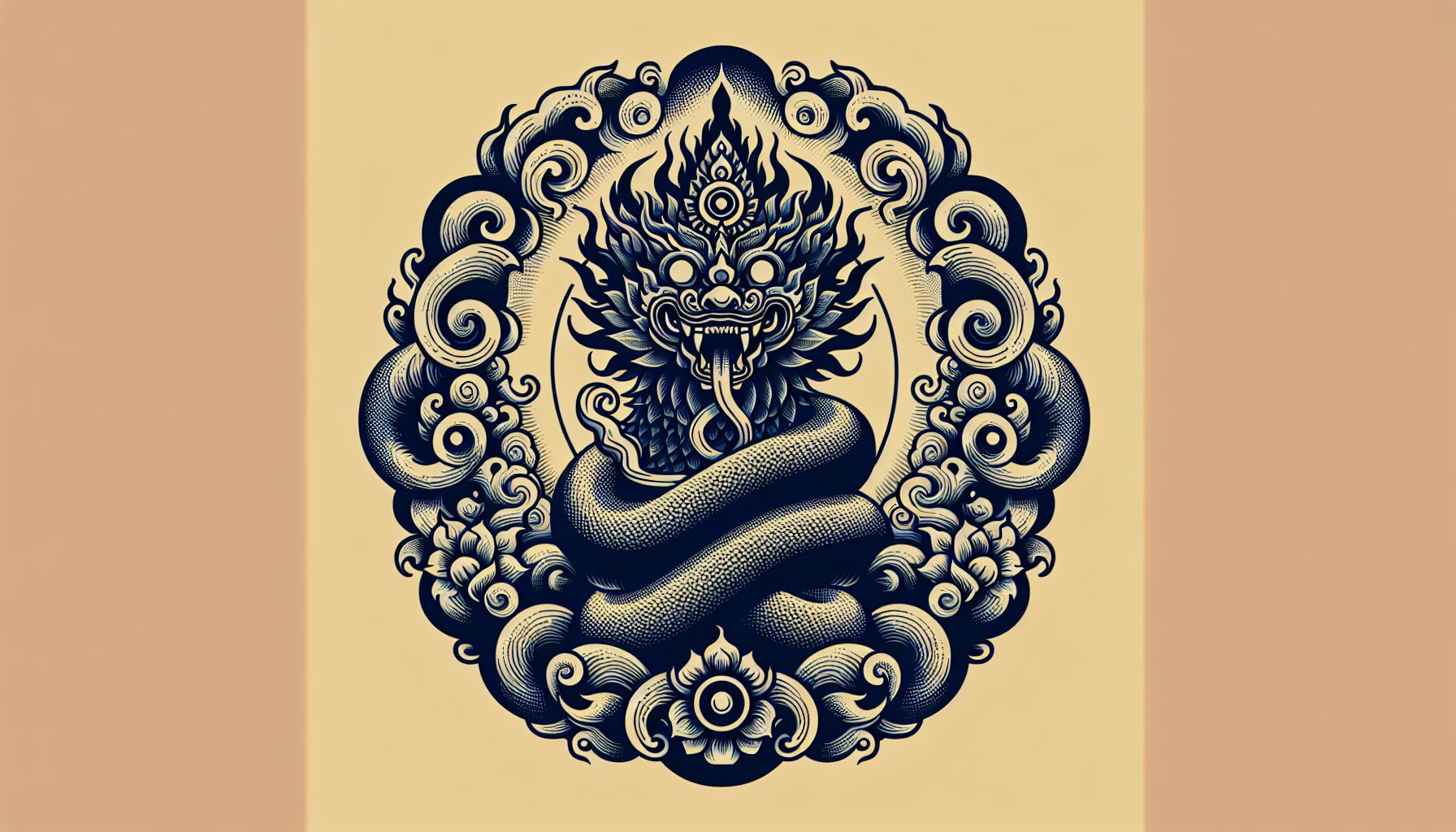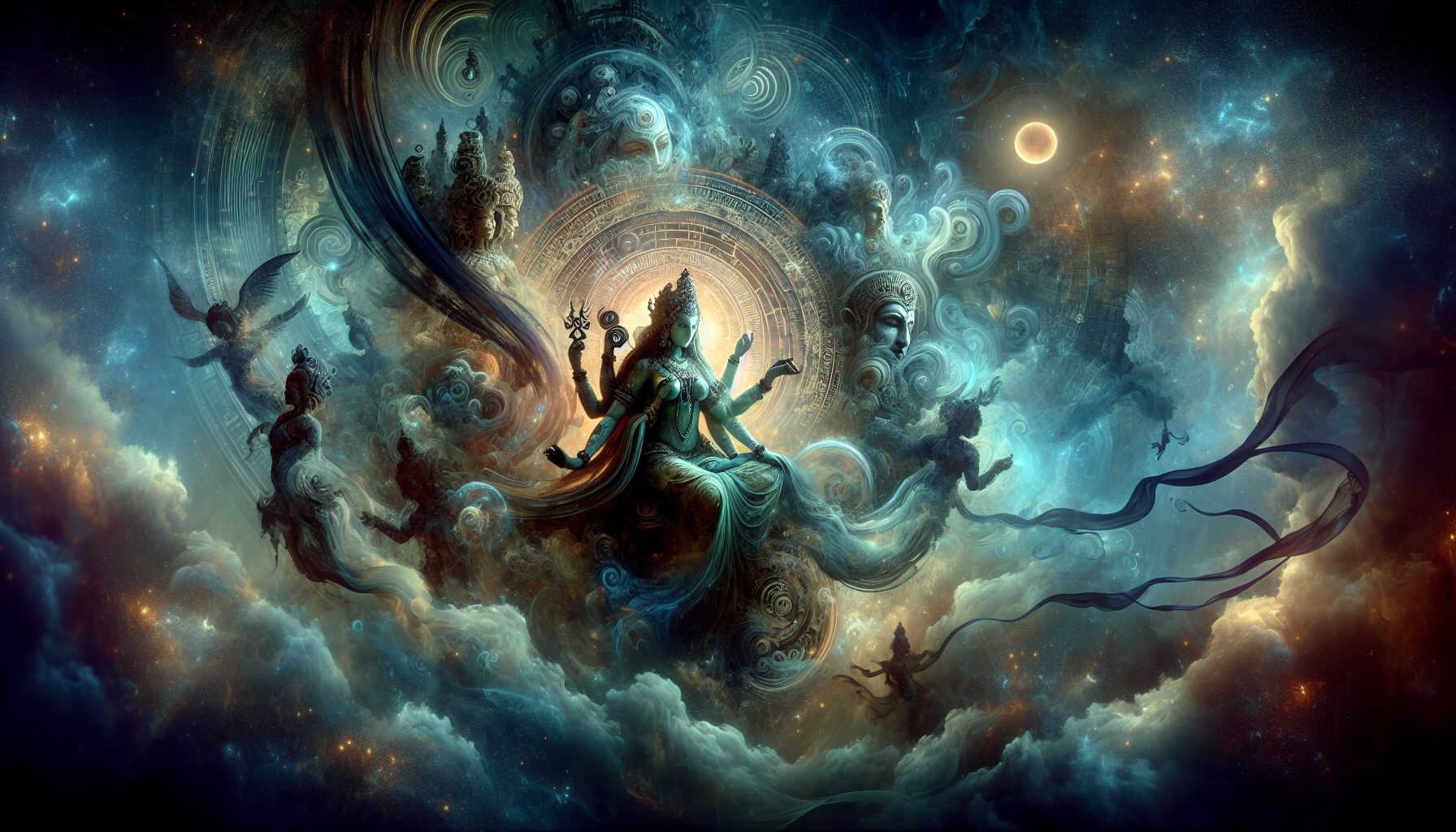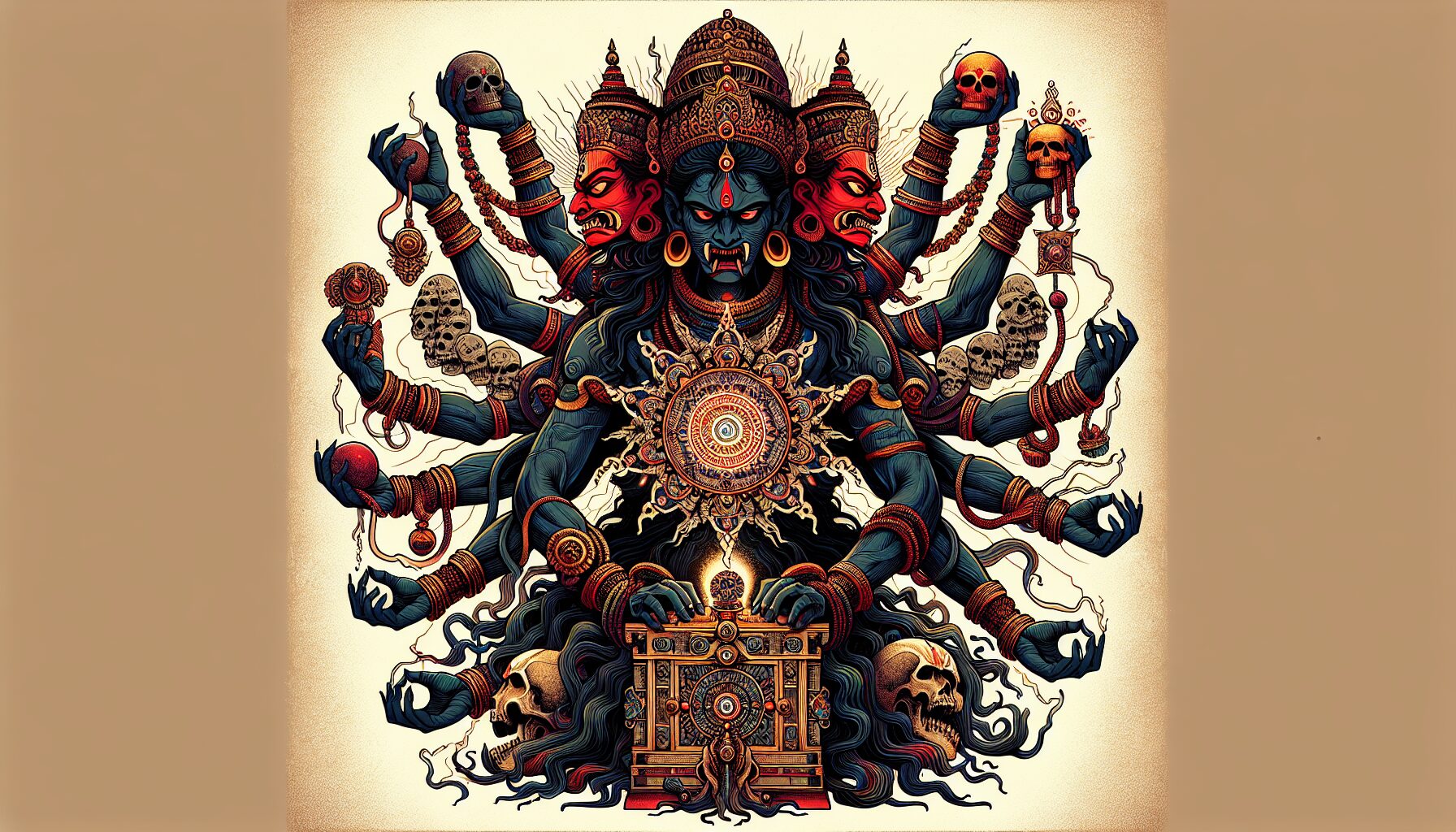Are you curious about the fascinating legends surrounding some ancient mythical deities? In this article, we will explore the intriguing tales and lore of deities like Chamunda and Raktadantika, to name a few. Prepare to be captivated by the enchanting stories behind these legendary figures and their significance in various cultures. So, sit back, relax, and immerse yourself in the mythical world of Chamunda, Raktadantika, and more!

Table of Contents
Legends of Chamunda
Origin of Chamunda
The legend of Chamunda traces back to ancient Hindu mythology. According to the legends, Chamunda is believed to be an incarnation of the powerful goddess Durga. It is said that she was created by the gods to vanquish evil and protect the universe from destruction.
Chamunda and the Demon
One of the most popular legends involving Chamunda revolves around her encounter with the demon Raktabija. This demon had obtained a boon, making him virtually invincible. Every drop of his blood that fell on the ground would give rise to a clone of him. His growing army of clones posed a grave threat to the gods and the world.
Chamunda, with her fierce and determined nature, took it upon herself to eliminate Raktabija. She engaged in a fearsome battle with him, using her divine weapons and supernatural powers. The battle was intense, and every time she struck Raktabija, more clones of him emerged from his blood.
However, Chamunda had a brilliant strategy up her sleeve. She extended her long, snake-like tongue and swallowed each drop of the demon’s blood before it touched the ground. By doing so, she prevented the formation of any more clones. Finally, she decapitated Raktabija, bringing an end to his reign of terror.
Chamunda and Devi Kali
Another significant legend revolves around the relationship between Chamunda and the goddess Kali. In some versions of the myth, they are considered to be two forms of the same goddess, while in others, they are depicted as separate but closely associated deities.
Chamunda and Kali are often portrayed as fierce and powerful goddesses, representing the destructive aspect of the divine feminine. They are both revered for their capacity to annihilate evil forces and protect the world from harm. Devotees often seek their blessings for courage, strength, and victory over obstacles.

Legends of Raktadantika
Birth of Raktadantika
Raktadantika, also known as the “Goddess with Bloodied Teeth,” has a fascinating origin story. According to the legend, she was born from the combined energies of several powerful deities during a time when darkness threatened to engulf the world.
The gods, fearing the impending doom, gathered their energies and merged them into a single concentrated force. From this amalgamation of divine powers, Raktadantika emerged as a powerful and formidable goddess. She inherited the strength, wisdom, and fearsome nature of the deities who contributed to her creation.
Raktadantika’s Powers
Raktadantika possesses incredible divine powers that make her a force to be reckoned with. She is known for her ability to manipulate blood and use it as a weapon against her enemies. With a single command, she can make blood boil, freeze, or flow in any direction.
Her blood manipulation abilities are not limited to physical combat alone. Raktadantika can also use blood to heal and rejuvenate, offering solace to those in pain or distress. Her power over blood is a reflection of her connection to life force itself.
Confrontation with Deities
In one of the legends surrounding Raktadantika, she finds herself facing a powerful coalition of deities who are threatened by her dominance. These deities, fearing her strength and the chaos she could unleash, decide to challenge her.
A grand battle ensues as Raktadantika stands her ground against the united forces of the deities. She showcases her mastery over various weapons and uses her blood manipulation abilities to keep her adversaries at bay. Despite the odds stacked against her, Raktadantika emerges victorious, proving her indomitable power and earning the respect of both allies and rivals.

Other Legends
The Hindu pantheon is rich with legends and stories of various goddesses, each embodying unique attributes and qualities. Here are some noteworthy legends of prominent goddesses:
Legend of Devi Kali
Devi Kali, often associated with Chamunda, is a fierce and powerful goddess known for her ferocity and wild nature. Legend has it that she appeared during a battle between the gods and the demons, unleashing her wrath upon the enemies of righteousness. Her victory was swift and decisive, ensuring the safety of the divine realm.
Legend of Devi Durga
Devi Durga, another form of the goddess Parvati, is widely worshipped as the warrior goddess. The legend narrates her battle against the demon Mahishasura, who had earned a boon making him invincible against men. Devi Durga, with her ten arms wielding divine weapons, swiftly defeated and vanquished Mahishasura, restoring peace and balance.
Legend of Devi Parvati
Devi Parvati is revered as the divine consort of Lord Shiva. Her legend encompasses a variety of tales, highlighting her nurturing nature, perseverance, and unwavering devotion to her husband. She is depicted as a goddess of love, fertility, and devotion, embodying the qualities of a dedicated partner and mother.
Legend of Devi Saraswati
Devi Saraswati, the goddess of knowledge, arts, and music, is recognized as the embodiment of wisdom and learning. She is believed to have blessed humanity with the gift of language and intellect. The legend of Devi Saraswati speaks of her role in promoting education and the pursuit of knowledge as essential aspects of human life.
Legend of Devi Lakshmi
Devi Lakshmi symbolizes wealth, abundance, and prosperity. Legends depict her as the provider of material and spiritual riches. Her iconography often features her holding a lotus and showering blessings upon her devotees. The tale of Devi Lakshmi highlights the importance of gratitude, generosity, and maintaining a harmonious relationship with wealth.
Legend of Devi Sita
Devi Sita is a central character in the epic Ramayana. She is revered for her virtues of loyalty, devotion, and resilience. The legend of Devi Sita encompasses her steadfast commitment to her husband, Lord Rama, and her unwavering strength in the face of adversity. Her story serves as an inspiration for marital harmony and righteousness.
Legend of Devi Radha
Devi Radha is an embodiment of divine love and devotion. She is most prominently associated with Lord Krishna, and their eternal love story symbolizes the divine union of the individual soul with the supreme consciousness. The legend of Devi Radha extols the virtues of unconditional love, selflessness, and surrender to the divine.
Legend of Devi Annapurna
Devi Annapurna is revered as the goddess of nourishment and abundance. She is believed to provide sustenance to all living beings. The legend of Devi Annapurna emphasizes the significance of food and the gratitude we should express for the blessings of sustenance. She reminds us of the vital role nutrition plays in our lives.
Legend of Devi Ganga
Devi Ganga is associated with the divine river Ganges, which is considered highly sacred in Hinduism. The legend narrates how she descended from the heavens to Earth on a request from Lord Brahma to purify humanity. Devi Ganga’s story highlights the importance of purity, spiritual cleansing, and the role of water as a life-giving force.
In conclusion, the legends of Chamunda, Raktadantika, and other prominent goddesses in Hindu mythology are windows into the divine realm. These tales inspire reverence, awe, and the pursuit of noble virtues. Each goddess represents different aspects of femininity, power, and wisdom, providing guidance and blessings to those who seek their divine grace.
